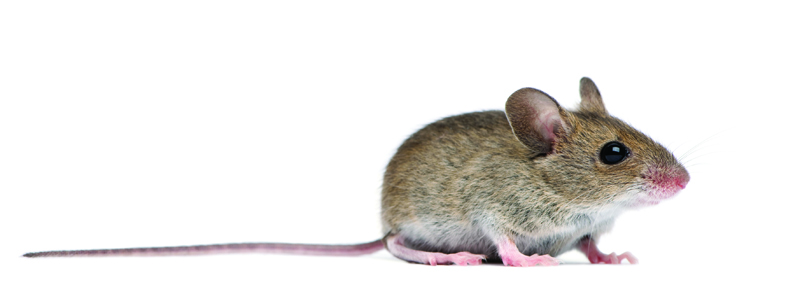
I once had a friend who lived in an old farmhouse that had a five-foot blue racer snake living inside the walls. I asked him why he didn’t have it removed and he tersely replied: No mice. Presumably, you could also keep a barn owl inside your house, but then you’d have to deal with the feathers. Fortunately there are much less extreme ways to keep rodents at bay. Brian Jung, assistant manager of Griggs & Browne in Buzzards Bay, has been matching wits with the rodent population on the Vineyard for years and was kind enough to share a few tips.
He began by explaining that the best way to get rid of mice in your house is by not letting them get in in the first place. “If you’re going to have bird feeders,” he explained, “make sure they’re at least thirty to forty feet from the house. Mice love birdseed. You also don’t want to have a lot of ground cover close to the house because mice can hide in there and it gives them protection from predators.”
He explained that the two most common entry points for mice are garage doors and bulkheads. “They can chew right through the rubber strip at the bottom of the garage door, so it’s best not to have a lot of clutter in the garage where they can hide.” As for the bulkhead, the best thing to do is install a door at the bottom of the bulkhead stairs; that eliminates a prime access point. In addition, wherever holes have been drilled in the house for wires or cables, make sure they don’t allow room for a mouse to get in – they can squeeze through a hole the size of a dime.
If you find holes or cracks in the foundation that could allow a mouse in, it’s best to seal them with wood or metal. However, a good alternative is to stuff the holes with copper wool and spray foam insulation.
“If you spray in the foam,” Jung explains, “then pack it with copper or steel wool, then spray on another layer of foam. It’s like you’re making a sandwich that protects the steel wool from rusting and that works very well.” Also, since mice generally will go outside in the warm weather, it’s best to do this before they decide to come back in the fall.
But what if, despite your best efforts, they breach your defenses? For the average homeowner, Jung says that the old-fashioned snap trap is probably the best bet. Place them every ten or fifteen feet around the areas of the basement where you see droppings, and make sure the trigger of the trap is facing the wall. Even if you have mice upstairs, they still live in the basement. So don’t bother to set traps on places like kitchen counters; the bait actually attracts them. And naturally, don’t leave food out overnight – even cat and dog food.
Professional exterminators generally use a type of rodenticide, largely because they’re unable to tend to snap traps every day or two. Jung says that the products at the hardware store can work, but says to read the instructions carefully. He does caution about using the little pellets. “The problem with the pellets,” he explains, “is that the mice will take mouthfuls and stash them around in different places. If you have pets or small children, you don’t want them coming across the pellets.” The other problem is that if the poisons do their job you have the lingering odor of a decomposing mouse to deal with.
As for the ultrasonic devices that emit a sound that repels mice, it seems that the professional community is divided: some claim that they work while others are not so sure. As Jung puts it, “Sometimes you can actually hear the devices, which can be irritating, and if you don’t hear them, how do you know if they’re working?”
Finally, Jung advises that if you do find mouse droppings, be careful how you dispose of them. “Since mice don’t have bladder control, if you find droppings, let’s say in a drawer, wash the drawer and all the contents with soap and water. Also, if the droppings sit long enough they eventually break down and become part of the dust in the air. If you have a severe mouse infestation, you should spray the droppings down with a mister first and wear a dust mask when you sweep them up.”
When all is said and done, if you have a mouse problem that persists, it’s best to call in the professionals. Or you can get a big snake and save yourself the aggravation.




